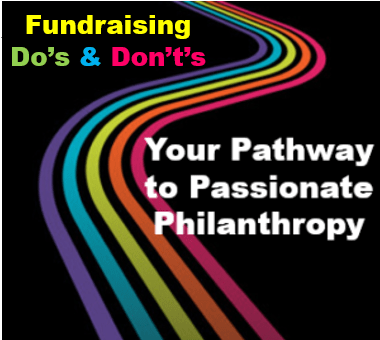 Here comes my occasional “Do’s vs. Don’ts” feature, where I share with you something arriving in my mailbox that seems a good ‘teaching opportunity.’
Here comes my occasional “Do’s vs. Don’ts” feature, where I share with you something arriving in my mailbox that seems a good ‘teaching opportunity.’
Today we’re going to review a major donor engagement strategy.
It arrived as an email. There’s a subject line, preview pane, the email itself, and what happens if/when you click through.
We’ll take a look at the various elements; then assess what works/doesn’t work.
I’ll ask you some questions.
- Would you open this email?
- If yes, why?
- If no, why?
- What looks good about the email?
- What looks not so good about the email?
- Would it inspire you to click through?
- If yes, why?
- If no, why?
First, I’d like you to think about your answers and jot them down.
Second, I’ll tell you what I think.
Really take the time to notice what you like and don’t like.
I promise you’ll learn a lot more this way. We learn best by doing.
Seriously, I mean it.
Let’s begin at the beginning.
Subject Headline
Claire, tell us what you think
Preview Pane
We’d like to hear from you
This may help: Take three minutes and jot down your answers to the first three questions on a piece of paper or your screen. I want to know if what was in the subject headline (“Claire, tell us what you think”) or the email preview pane (We’d like to hear from you”) would have caused you to open the email or hit ‘delete.’
Okay. Ready to learn what I think thus far, and also see what else we’re working with?
Let’s begin!
Does this Email Say “Open Me?”
Details
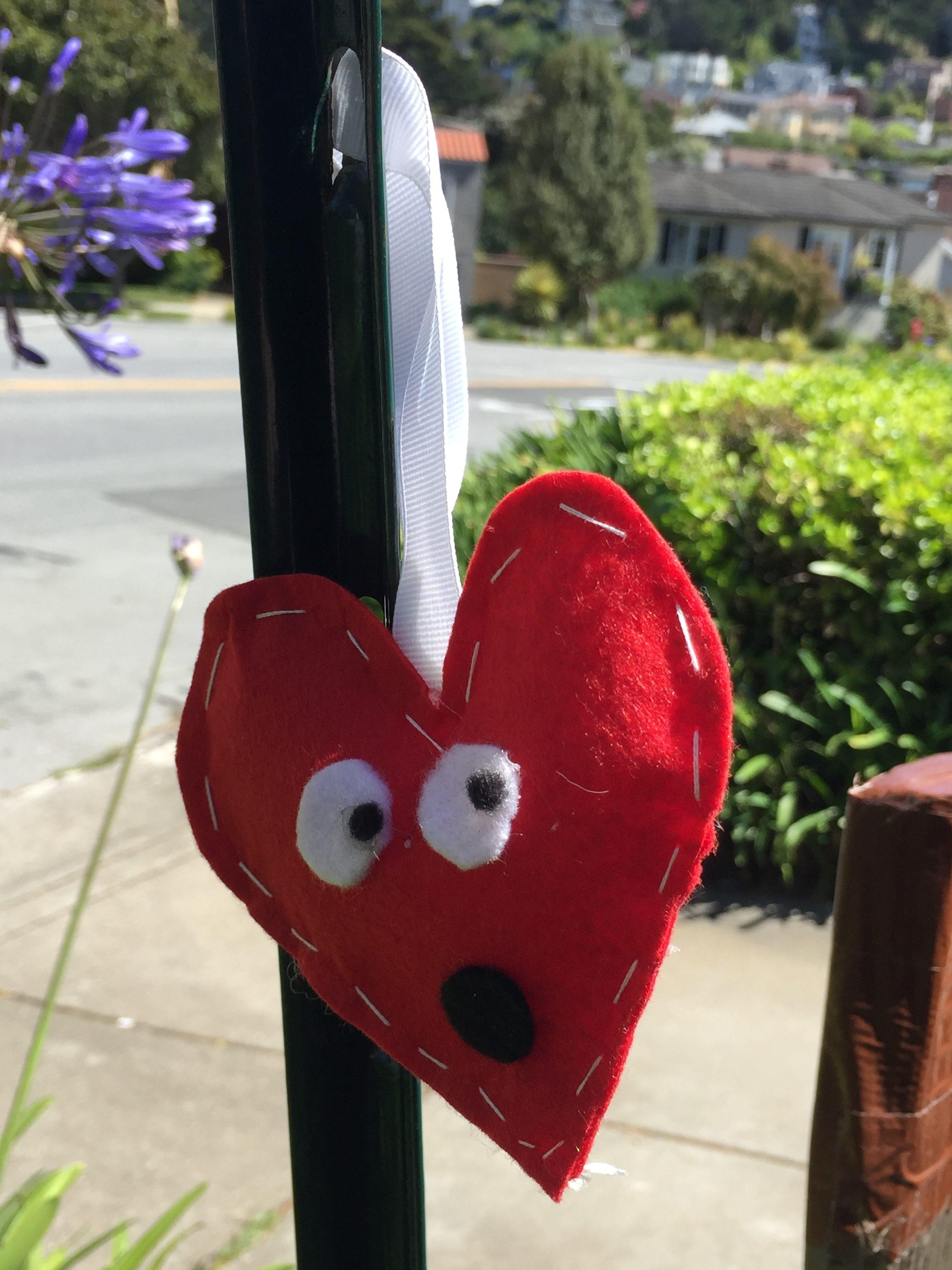
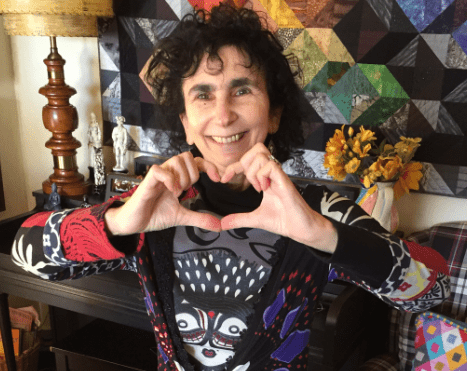
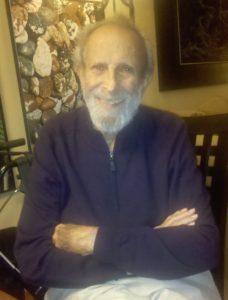 Connect, Connect, Connect – with Everyone!
Connect, Connect, Connect – with Everyone!


 The major gift journey is a synergistic one. You see, it’s both your journey and your donor’s journey.
The major gift journey is a synergistic one. You see, it’s both your journey and your donor’s journey.

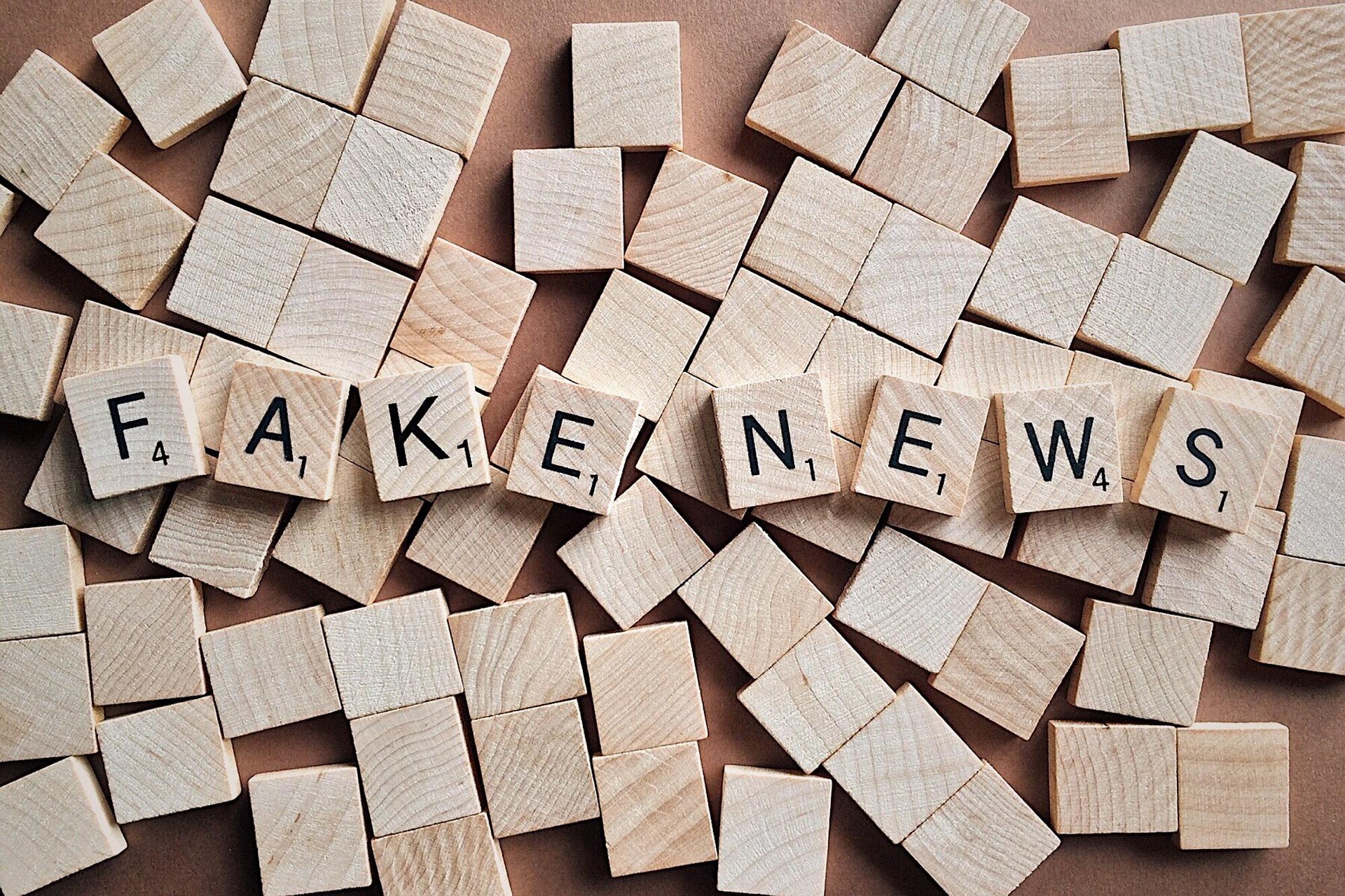
 There’s a lot about fundraising folks take for granted. And not in a good way. Because… much of it is untrue!
There’s a lot about fundraising folks take for granted. And not in a good way. Because… much of it is untrue!
